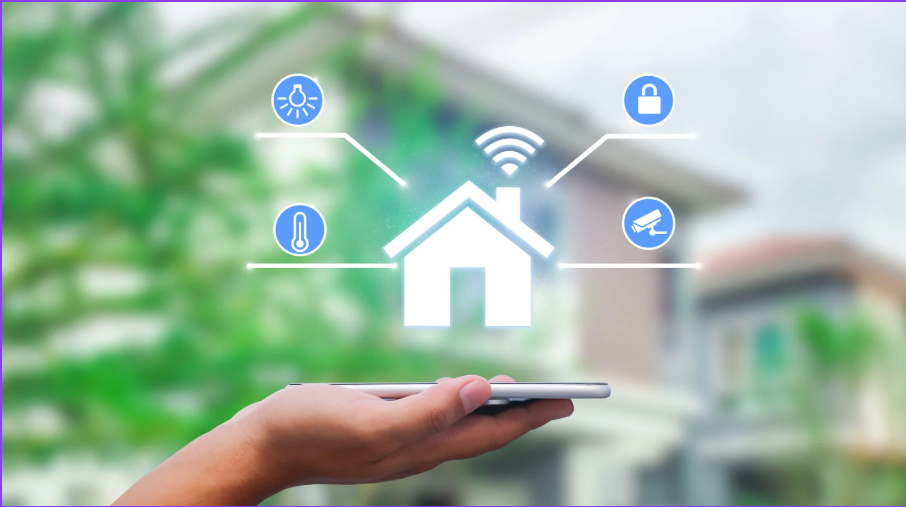The convenience of smart homes is undeniable, but is it worth the carbon cost? To answer this, let's dive into the environmental impact of smart homes and explore the data. Are smart homes truly sustainable, or do they come with hidden environmental drawbacks? Let’s find out.
Energy Efficiency and Carbon Emissions in Smart Homes
Studies have shown that smart home technologies can significantly reduce energy consumption. For instance, the integration of IoT in home automation has led to a 20% reduction in energy use.¹ Home energy management systems (HEMS) have also been found to reduce total electricity consumption by up to 30% during winter months.
However, there's a catch. The rebound effect, where increased energy efficiency leads to higher overall energy consumption due to behavioral changes, is a significant challenge. Research suggests that the indirect rebound effect in smart homes is relatively low, around 5%, but it can increase significantly if energy management is driven by economic rather than environmental signals.
Environmental Benefits and Drawbacks of Smart Homes
Benefits: Energy Conservation and Reduced CO2 Emissions
Smart homes can promote energy conservation and reduce CO2 emissions. A study found that smart home technologies can help reduce CO2 emissions in households by promoting energy-efficient behaviors.² For example, automated lighting, thermostats, and appliances optimize energy use, contributing to a lower carbon footprint of smart homes.
Drawbacks: Production and Disposal of Devices
On the other hand, the production and disposal of smart home devices can have negative environmental impacts. A life cycle assessment (LCA) study found that the largest environmental impact of home energy management systems (HEMS) is the use-phase electricity consumption of home automation devices.³ Additionally, the manufacturing process of these devices often involves resource-intensive practices, raising questions about their overall sustainability.
Are Smart Homes Truly Sustainable?
The question of whether smart homes are truly sustainable depends on how they are designed, used, and disposed of. While they offer significant environmental benefits, such as energy efficiency and reduced carbon emissions, they also present challenges like the rebound effect and the environmental impacts associated with device production and disposal.
To maximize the benefits of smart homes, it's essential to consider:
- Behavioral factors: Encouraging users to adopt energy-efficient behaviors.
- Device efficiency: Prioritizing energy-efficient smart home devices.
- Sustainable production practices: Using eco-friendly materials and minimizing waste during manufacturing.
- End-of-life management: Promoting recycling and proper disposal of devices to reduce environmental harm.
The Carbon Footprint of Smart Homes: A Balanced View
The carbon footprint of smart homes is a complex issue. While they can significantly reduce energy use and emissions during operation, their overall sustainability depends on addressing the environmental costs of production and disposal. By adopting sustainable production practices and encouraging eco-friendly home automation, we can create smarter, more sustainable homes that prioritize both convenience and the environment.
Conclusion: Striking the Right Balance
So, is the convenience of smart homes worth the carbon cost? The answer lies in striking a balance. While smart homes offer undeniable benefits in terms of energy efficiency and carbon emission reduction, their environmental impact must be carefully managed. By focusing on sustainable practices, from production to disposal, we can ensure that smart homes contribute to a greener future.
Explore Eco-Friendly Smart Home Solutions
Ready to make your home smarter and more sustainable? Look for eco-friendly home automation options that prioritize energy efficiency and sustainable production practices. Together, we can embrace the convenience of smart homes while minimizing their carbon cost.







